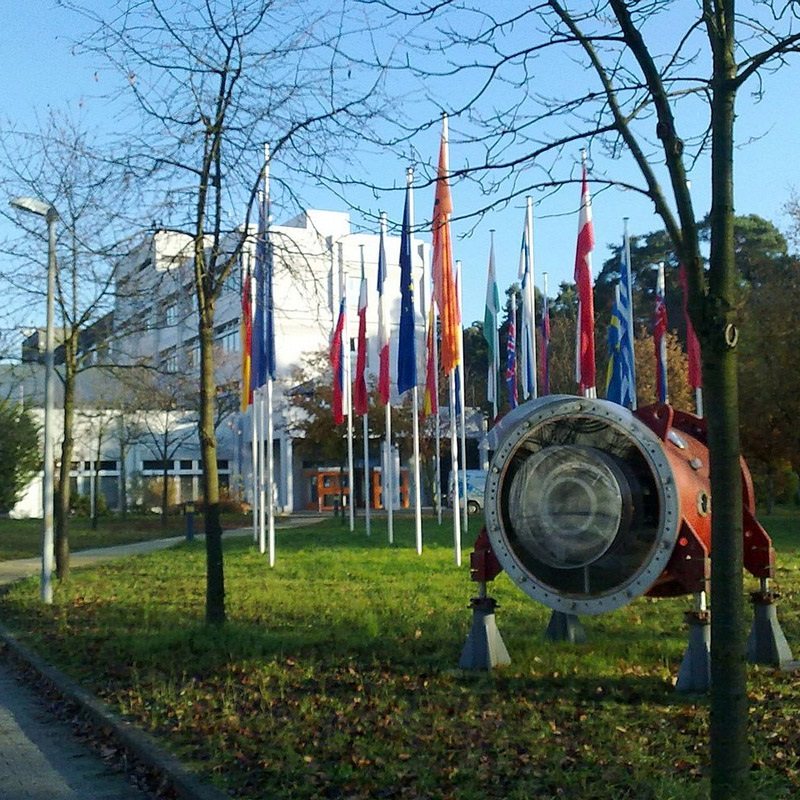Roentgeniu
111
Rg
Grupă
11
Perioadă
7
Bloc
d
Protoni
Electroni
Neutroni
111
111
170
Proprietăți Generale
Număr atomic
111
Masă atomică
[281]
Numar de masa
281
Categorie
Metale de tranziție
Culoare
n/a
Radioactive
Da
Numit după Wilhelm Conrad Röntgen, fizicianul german
Structură cristalină
n/a
Istoric
Roentgeniul a fost sintetizat pentru prima dată de o echipă internațională condusă de Sigurd Hofmann la Institutul pentru Cercetarea Ionilor Grei (Gesellschaft für Schwerionenforschung) din Darmstadt, Germania în 1994.
Echipa a bombardat o țintă de bismut-209 cu nuclee accelerate de nichel-64 și a detectat un singur atom al izotopului roentgeniu-272.
Echipa a bombardat o țintă de bismut-209 cu nuclee accelerate de nichel-64 și a detectat un singur atom al izotopului roentgeniu-272.
Electroni pe nivelul de energie
2, 8, 18, 32, 32, 17, 2
Configurație electronică
[Rn] 5f14 6d9 7s2
Roentgeniul nu are izotopi stabili sau care să apară în mod natural
Proprietăți Fizice
Fază
Solid
Densitate
- g/cm3
Punct de topire
-
Punct de fierbere
-
Energie de fuziune
n/a kJ/mol
Energie de evaporare
n/a kJ/mol
Căldură specifică
- J/g·K
Abundența în scoarța Pământului
n/a
Abundența în Univers
n/a

Credite imagine: Wikimedia Commons (Commander-pirx)
Elementul a fost descoperit la Institutul de Cercetare a Ionilor Grei din Darmstadt, Germania
Numarul CAS
54386-24-2
Număr CID PubChem
n/a
Proprietăți Atomice
Rază atomică
-
Rază de covalență
121 pm
Electronegativitate
-
Potențial de ionizare
-
Volum molar
-
Conductivitate termică
-
Număr de oxidare
-1, 1, 3, 5
Aplicații
Roentgeniul este utilizat doar în scopuri de cercetare științifică.
Roentgeniul este dăunător din cauza radioactivității sale
Izotopi
Izotopi stabili
-Izotopi instabili
272Rg, 273Rg, 274Rg, 275Rg, 276Rg, 277Rg, 278Rg, 279Rg, 280Rg, 281Rg, 282Rg, 283Rg